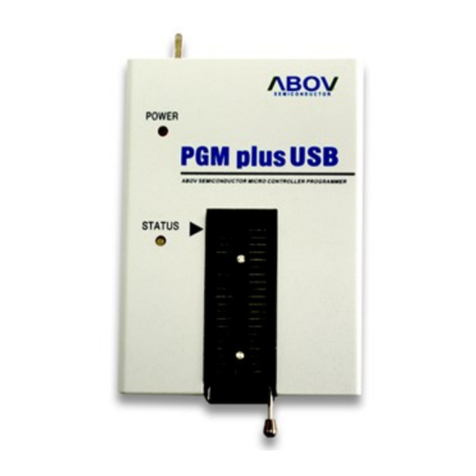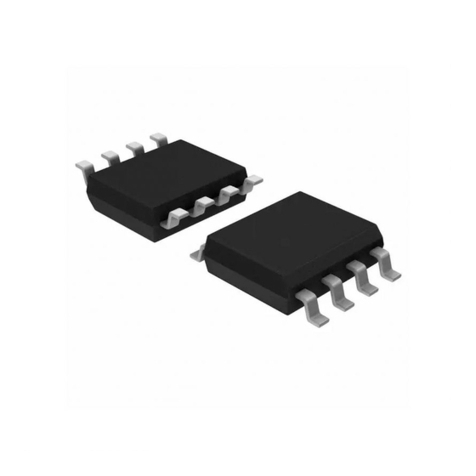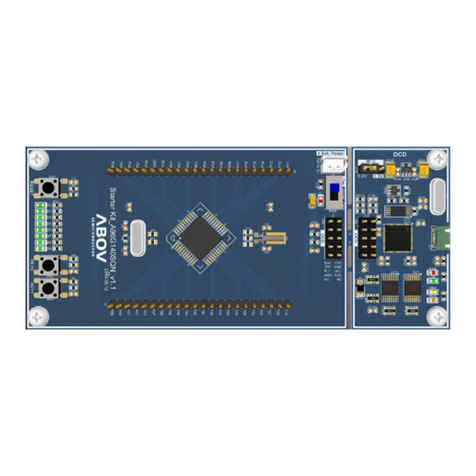Abov MC97F60128 User manual
Other Abov Microcontroller manuals
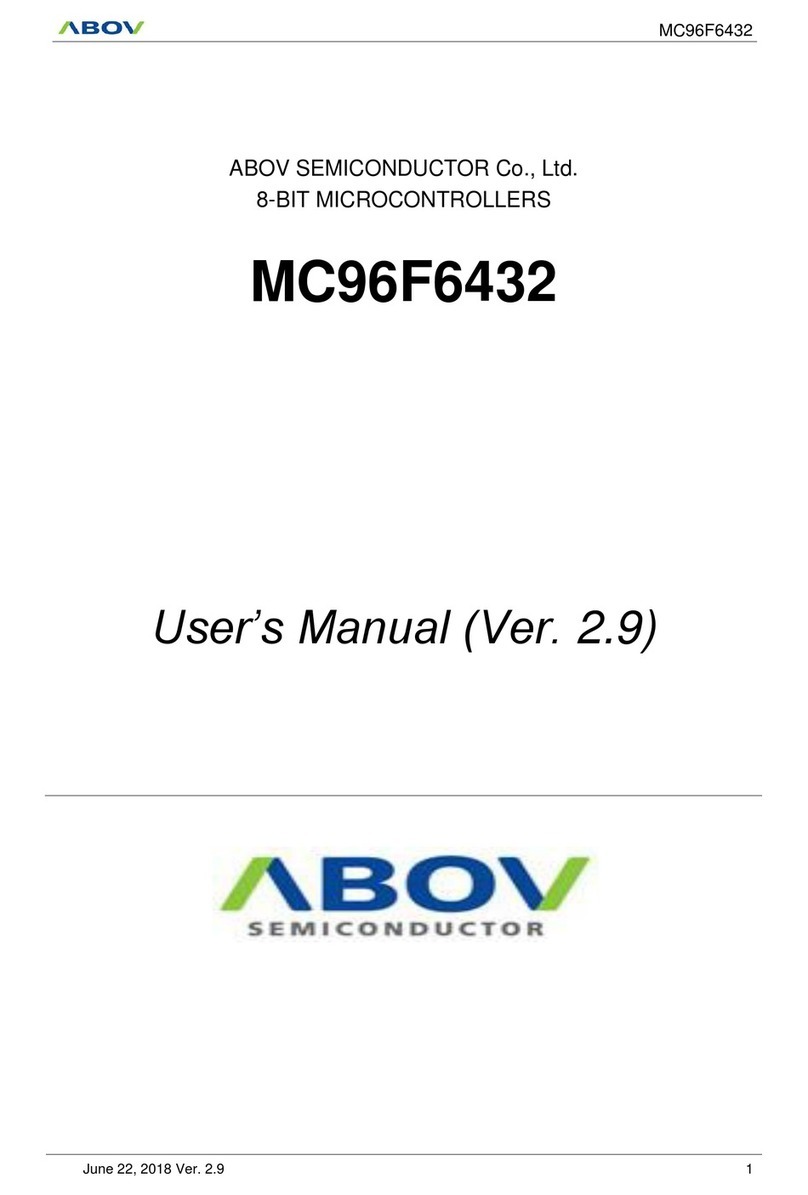
Abov
Abov MC96F6432 Series User manual

Abov
Abov AC33M8128L User manual
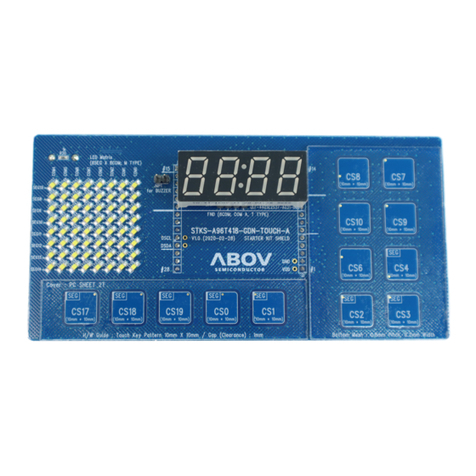
Abov
Abov A96T418GDN User manual

Abov
Abov A96G174 User manual
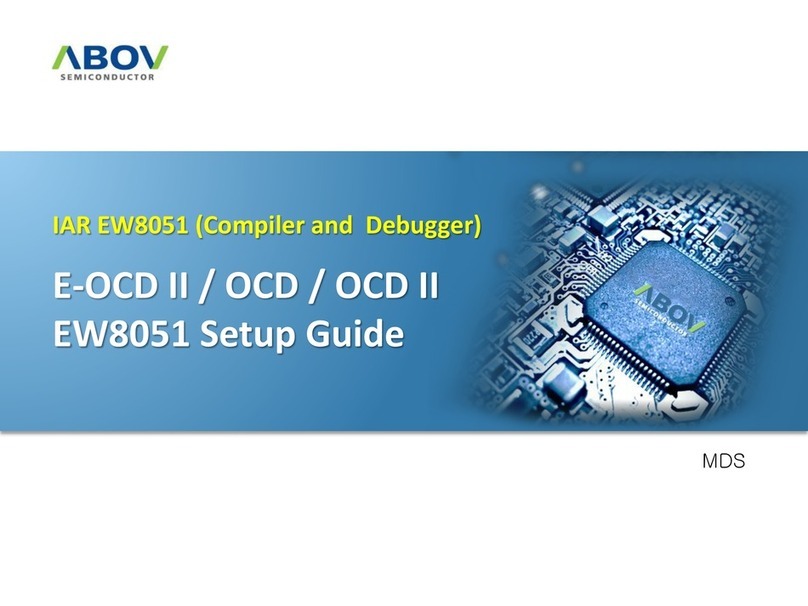
Abov
Abov EW8051 User manual
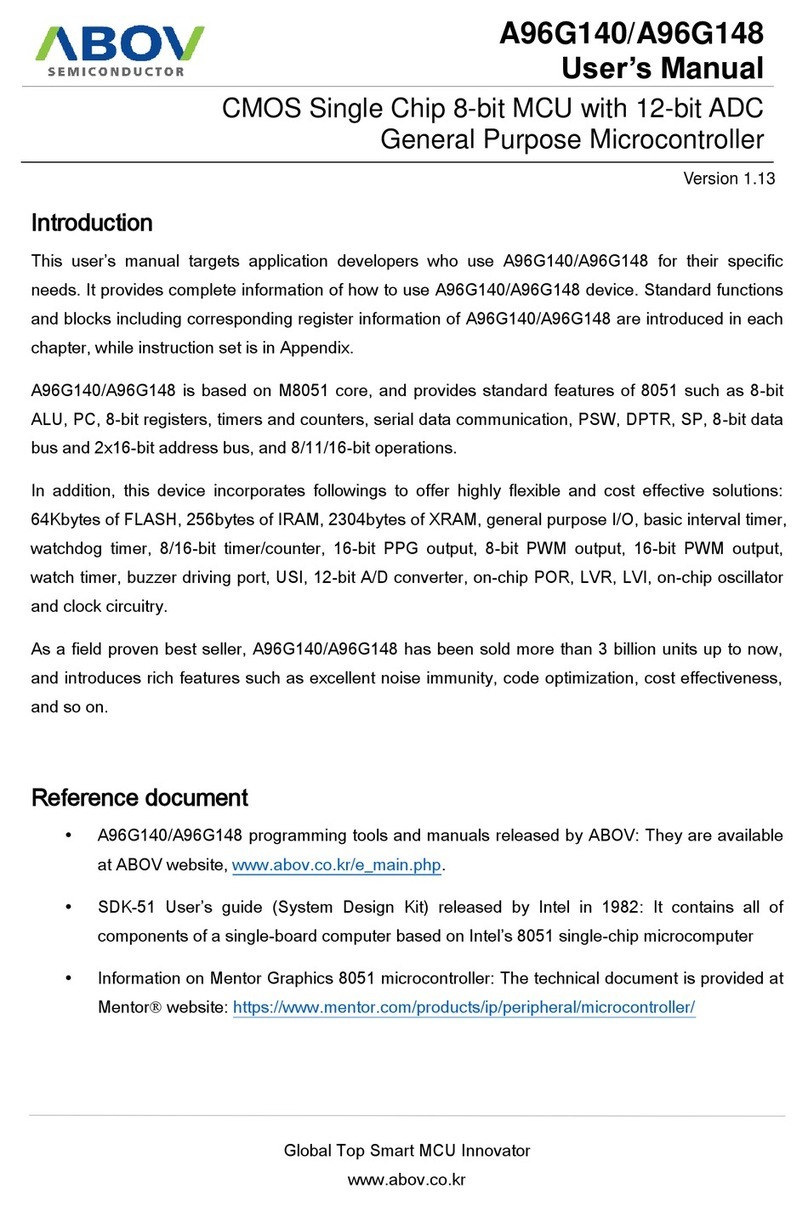
Abov
Abov A96G140 User manual
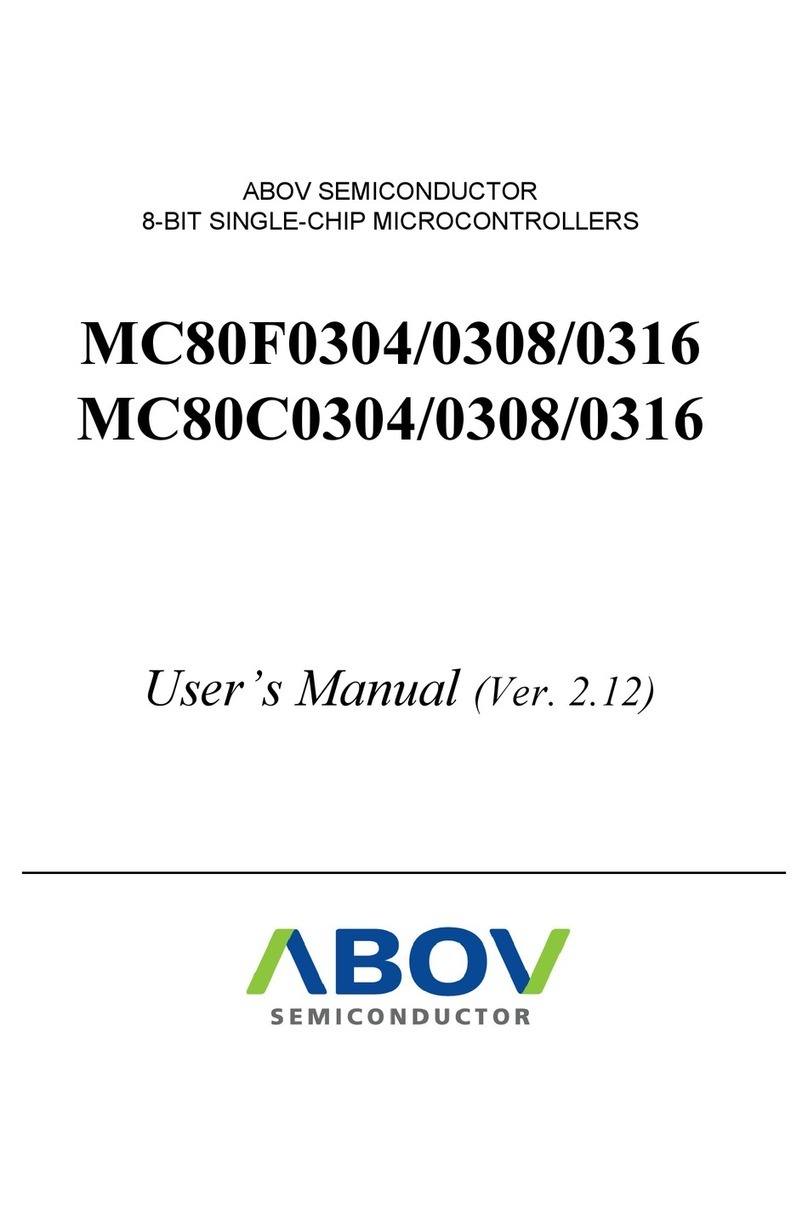
Abov
Abov MC80F0304 User manual
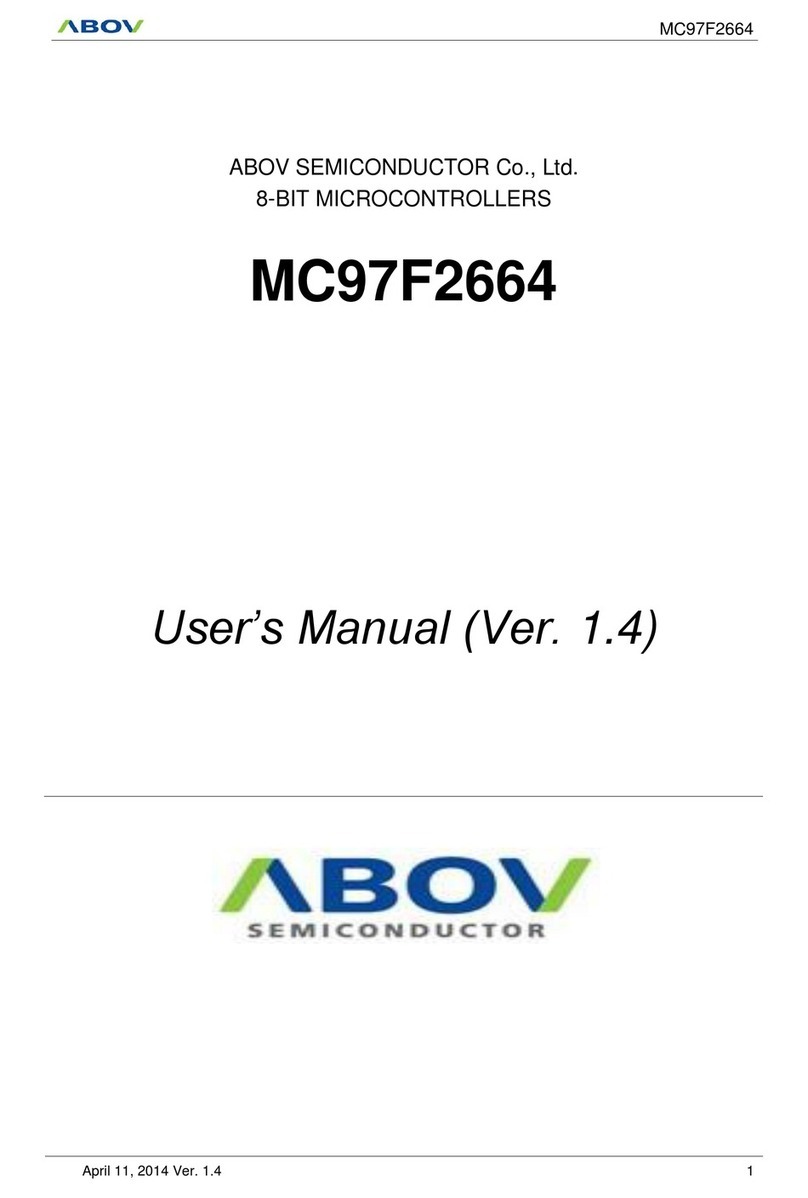
Abov
Abov MC97F2664 User manual
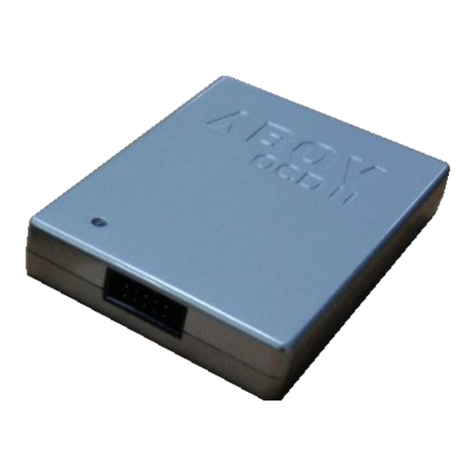
Abov
Abov MC96F6432A User manual
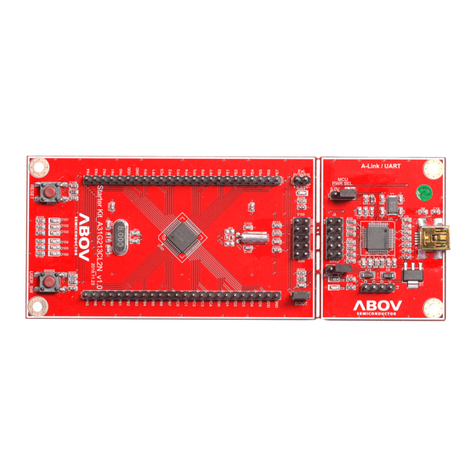
Abov
Abov A31T216RLN User manual
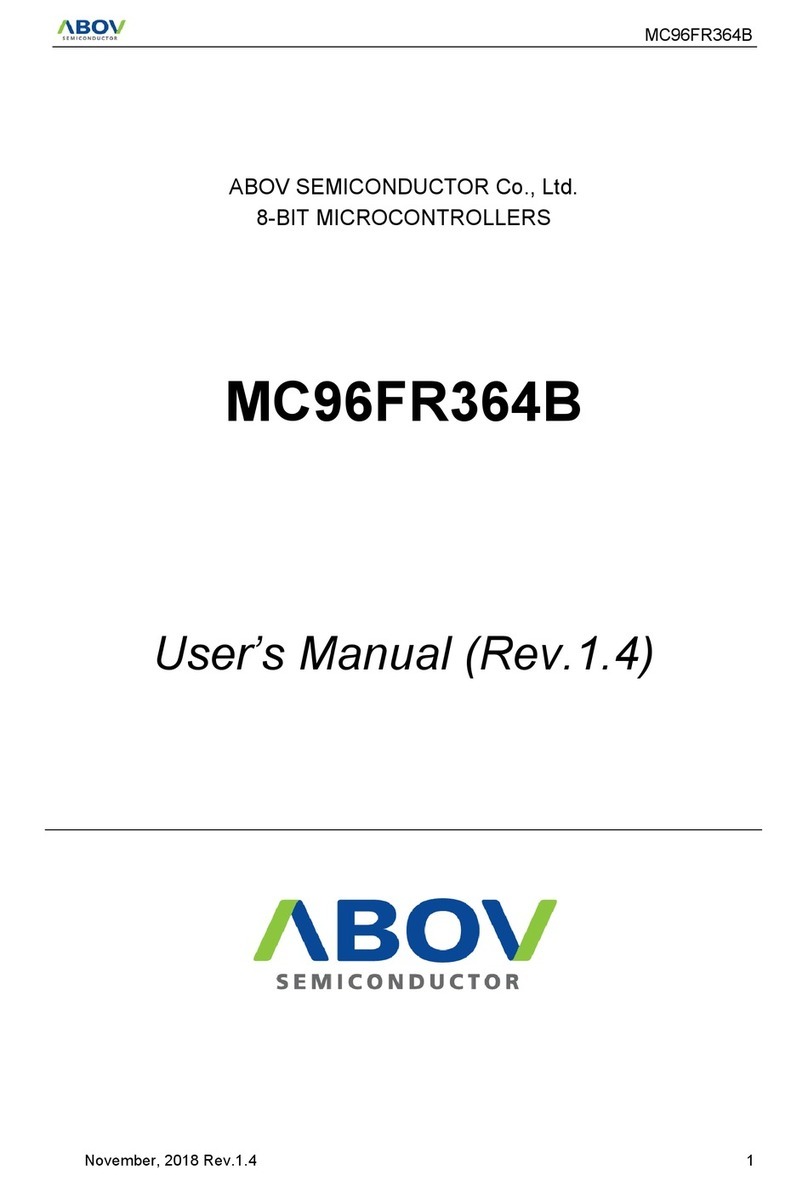
Abov
Abov MC96FR364B User manual
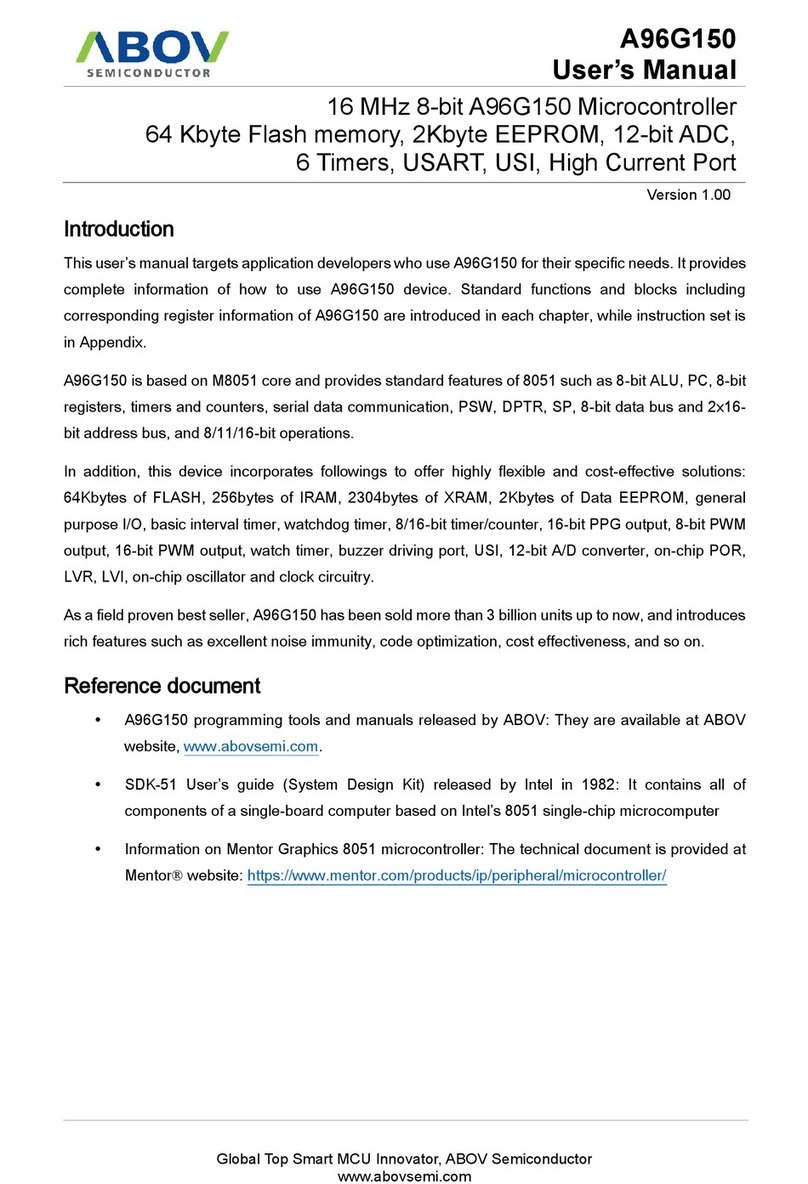
Abov
Abov A96G150 User manual
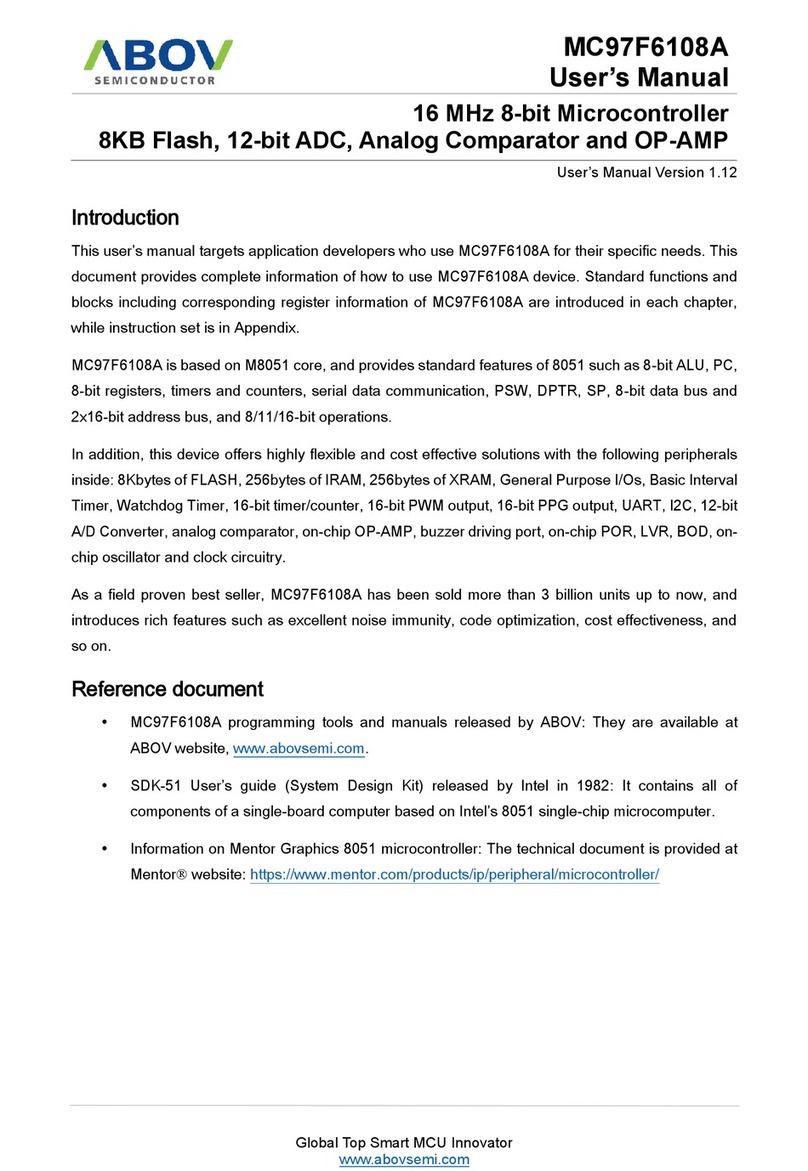
Abov
Abov MC97F6108A User manual
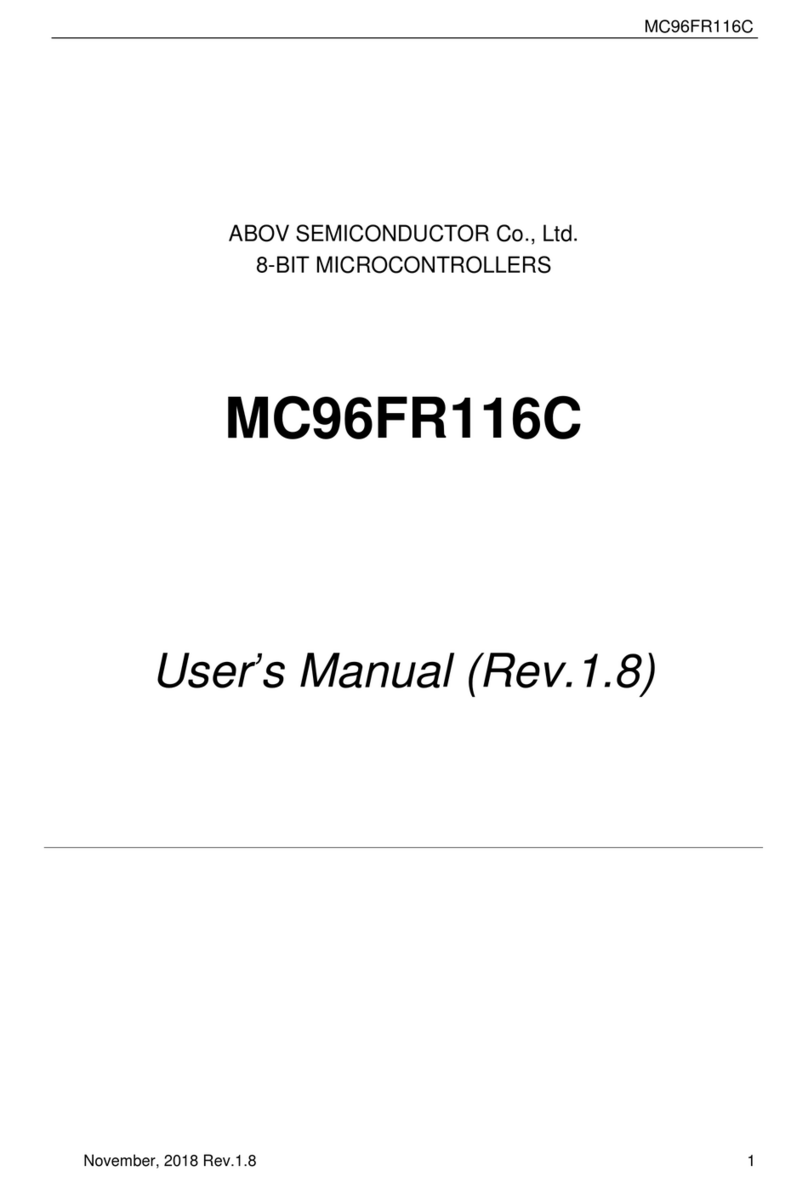
Abov
Abov MC96FR116C Series User manual
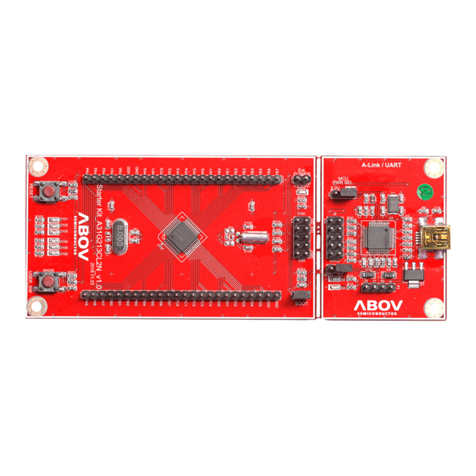
Abov
Abov A31G213CL2N User manual
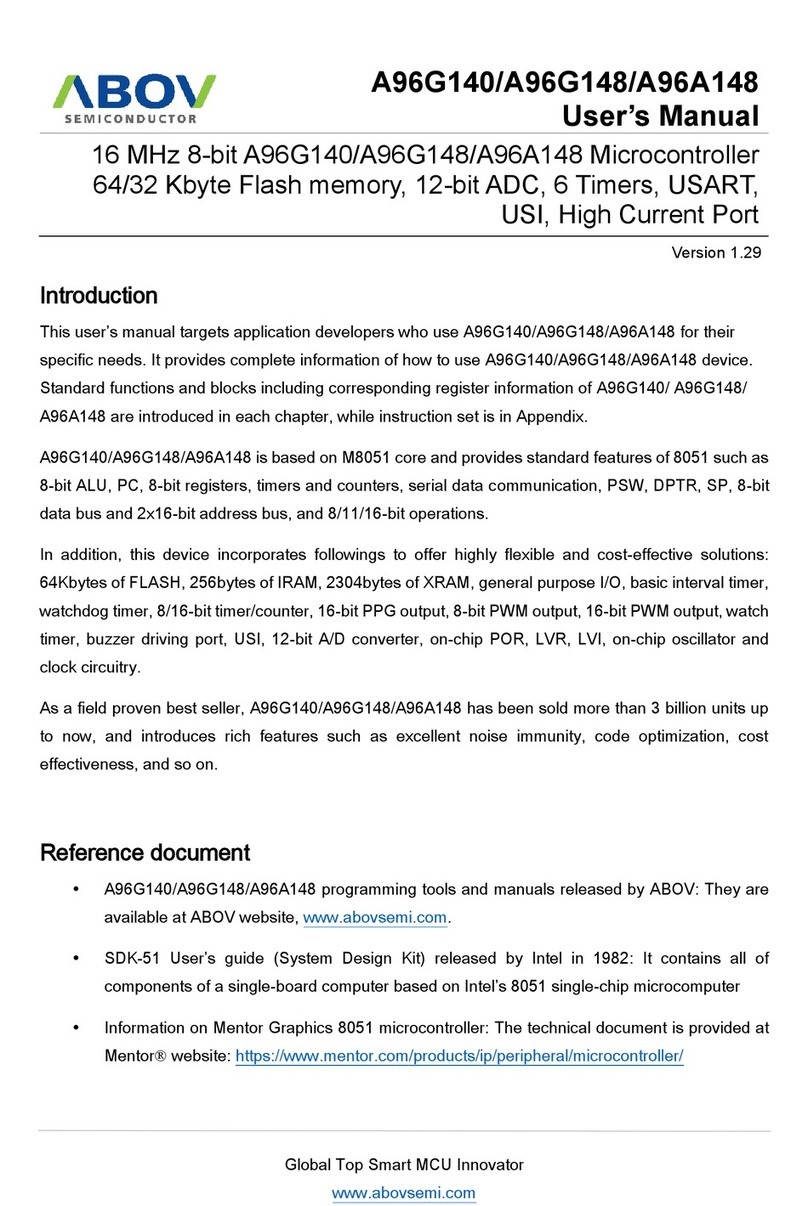
Abov
Abov A96G140 User manual
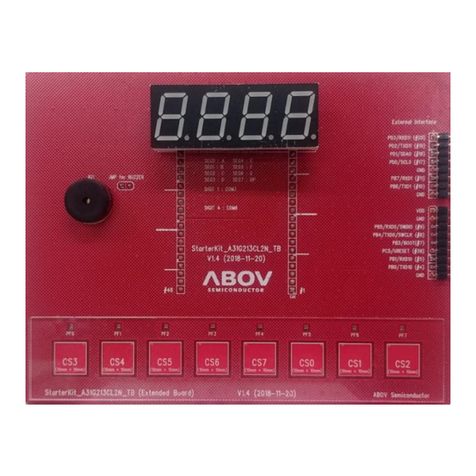
Abov
Abov A31G213CLN User manual
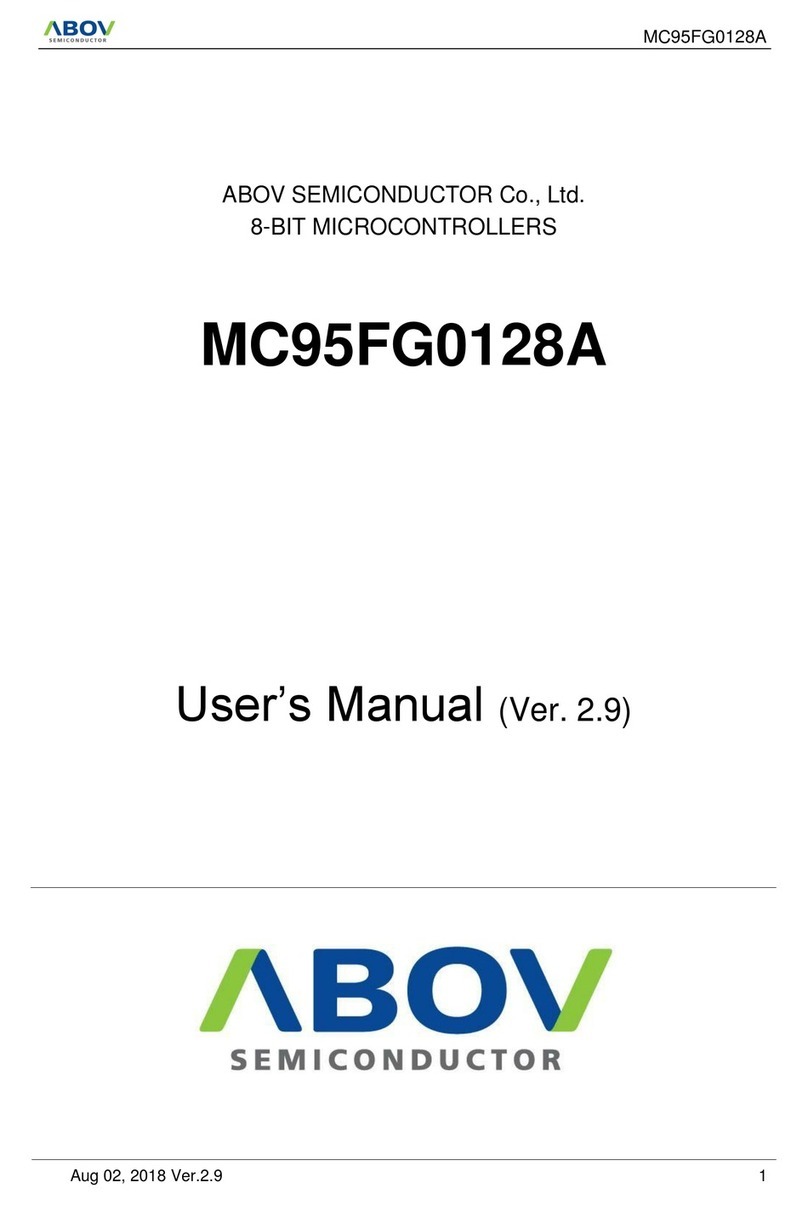
Abov
Abov MC95FG0128A User manual
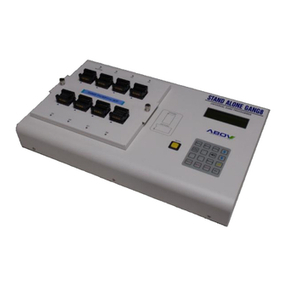
Abov
Abov MC96FM204 User manual
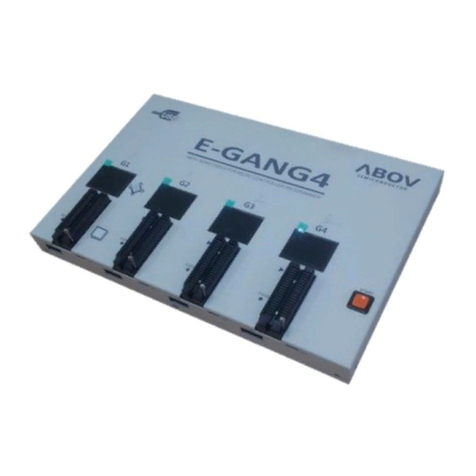
Abov
Abov MC96F6432S Series User manual
Popular Microcontroller manuals by other brands

DIGITAL-LOGIC
DIGITAL-LOGIC MICROSPACE manual

Texas Instruments
Texas Instruments TMS320F2837 D Series Workshop Guide and Lab Manual

CYPRES
CYPRES CY14NVSRAMKIT-001 user guide

Espressif Systems
Espressif Systems ESP8266EX Programming guide
Silicon Laboratories
Silicon Laboratories C8051F800 user guide

Energy micro
Energy micro EFM32 Giant Gecko Starter Kit user manual

